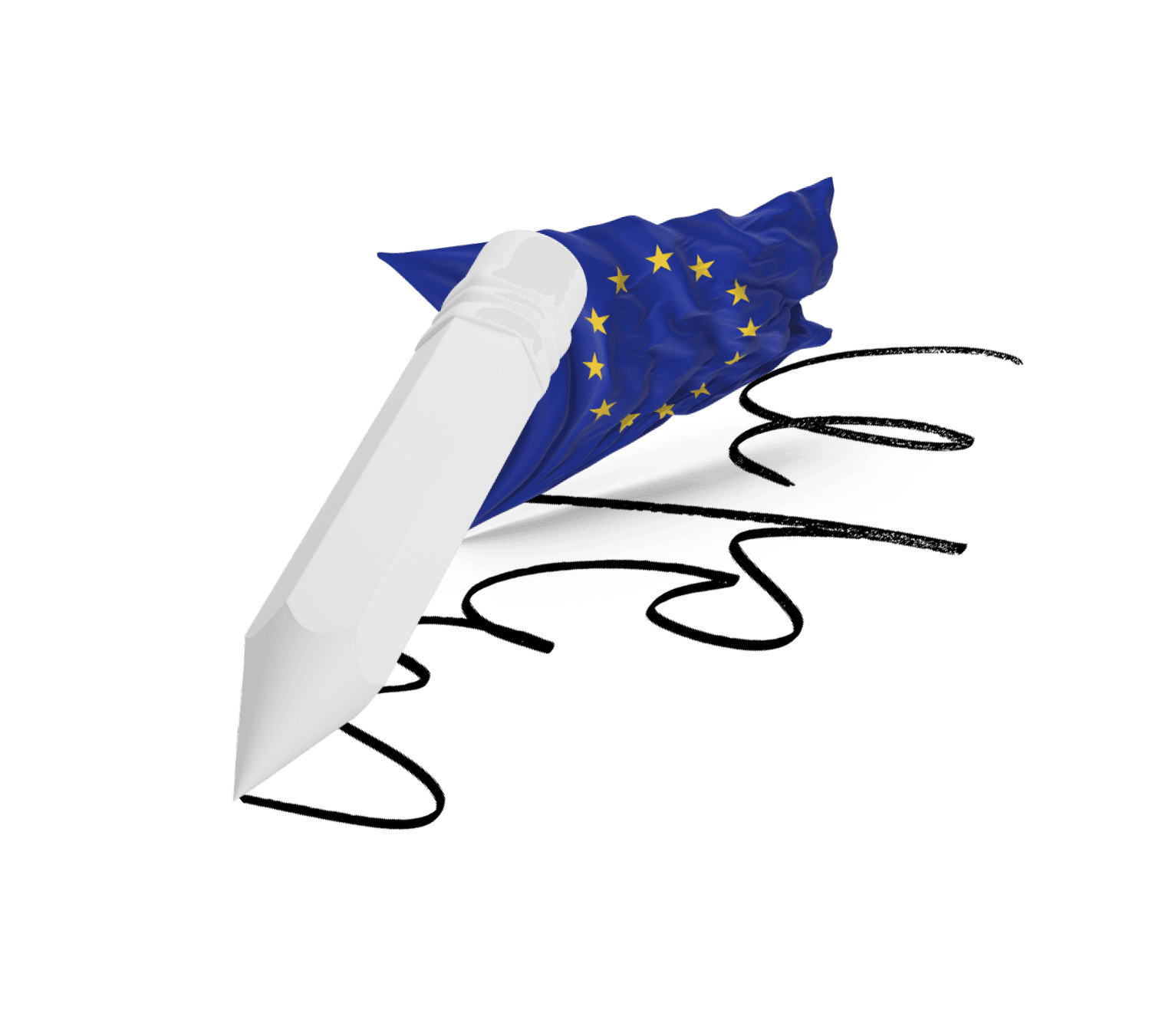Among other things, the eIDAS Regulation regulates topics relating to electronic signing, and the role of the qualified electronic signature in particular is of great importance. This type of electronic signature is legally equivalent to a handwritten signature.
In this article, we discuss what the eIDAS Regulation regulates, how digital signature solutions meet the requirements of the eIDAS Regulation, and how recipients of electronically signed documents can recognize a valid signature.
What does the eIDAS Regulation regulate?

The eIDAS Regulation contains guidelines for electronic signatures, trust services and electronic transactions in the single European market. With the eIDAS certification, electronic identifications are now possible and a physical presence before receiving a certificate in a registration office is no longer necessary. This change plays a key role in the implementation of qualified electronic signatures and is an important step towards digitization in the EU.
In the next two sections, we will focus on the eIDAS regulations for digital signatures.
Compliance with eIDAS for eSignatures
The eIDAS regulation provides for different types of digital signatures. These differ in their form and suitability. In particular, the qualified electronic signature offers a particularly high standard. Digital signature solutions used in Europe should absolutely support this standard. This is the only way to guarantee the written form required by law for some contracts or documents. For a qualified electronic signature, the person signing must identify themselves with a valid passport or ID card and confirm the signature via a second factor, usually the cell phone. The identification is usually only required once and is then valid for several years. The identification and signature are performed or created by trust service providers. These are specific organizations (governmental or private) that must meet high legal and regulatory requirements.
Recognizing valid eSignatures
The visual representation of electronic signatures on the document can have different characteristics. Visually, it is not possible to tell whether a document has been validly signed electronically and whether it is a qualified electronic signature. However, this verification is essential in business transactions, as it is the only way to ensure that a document received has been validly signed. The verification basically includes the following essential points:
- Verification of the integrity of the document, i.e. ensuring that the document has not been modified after it has been signed;
- Verification of the certificate, i.e. ensuring that the document was signed with a valid certificate by a specific person; and
- Verifying the type of signature and the validity of the certificate, i.e. ensuring that it is a qualified electronic signature and that the provider is registered on the EU Trusted List.
Verification of an electronic signature therefore always requires the document to be present in digital and unmodified form. Verification is integrated in many signature tools, such as sproof, or can be performed on the websites of government verification services, e.g. RTR in Austria.
sproof sign offers you eIDAS compliant digital signatures, an integrated verification service and an eIDAS compliant identification procedure with our partner Swisscom.
More blog entries
The combination of electronic signatures and manual signatures on PDF documentsHow KURZZEiTmiete optimizes its customer journey with sproof signNIS-2 directive and digital signatures: a step towards greater security in the digital worldQES, AES, SES: Overview of all e-signature-standards Constantin Graf from Vienna compares software tools "Made in Europe".


